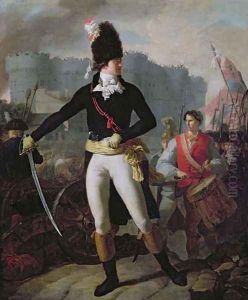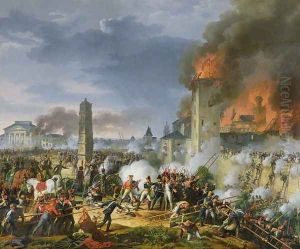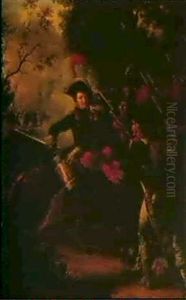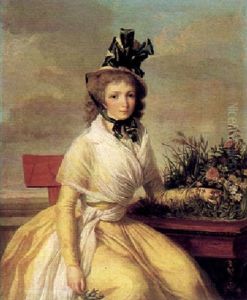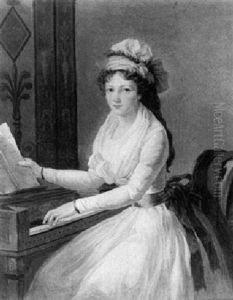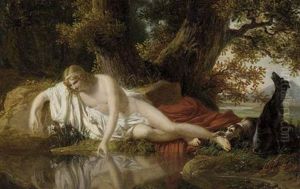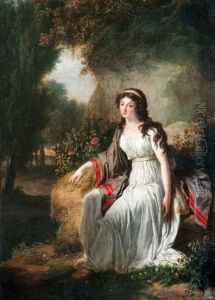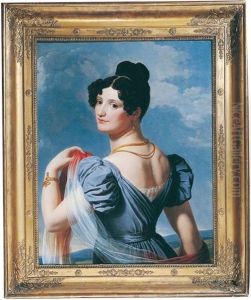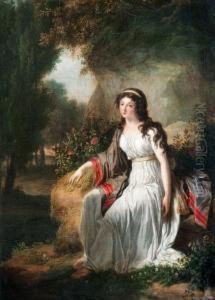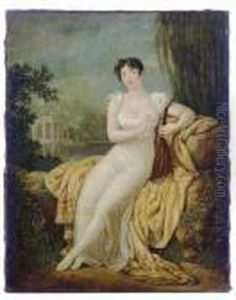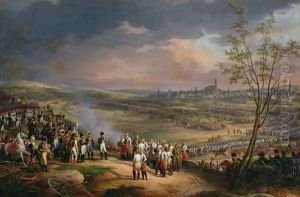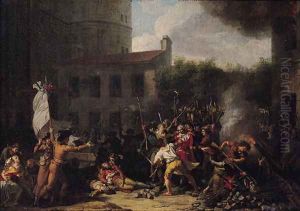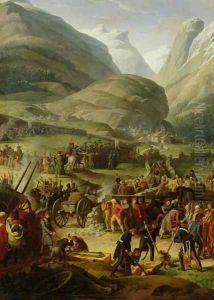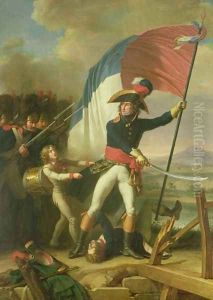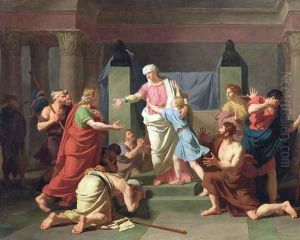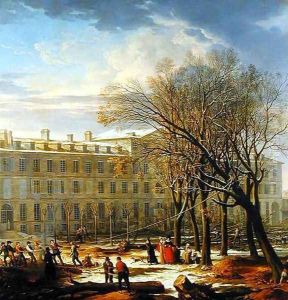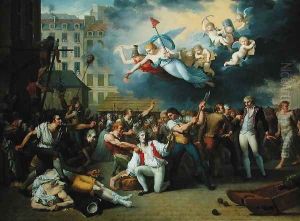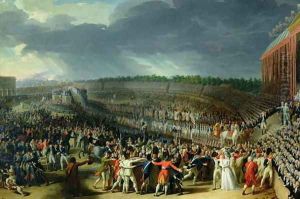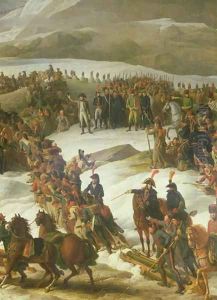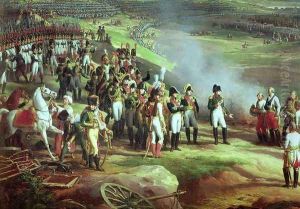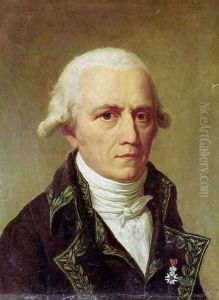Charles Thevenin Paintings
Charles Thévenin (1764-1838) was a French painter known for his neoclassical style, which was heavily influenced by the revolutionary period in France and the artistic principles of the time. Born in Paris, Thévenin was deeply embedded in the artistic culture of the city, which was a hub for neoclassical art and thought. He studied under notable artists such as Jacques-Louis David, who was a leading figure in neoclassical art and a strong influence on Thévenin's work.
Thévenin's early works were marked by classical themes, often drawing from mythology and history, which were popular among neoclassical artists. His style was characterized by its emphasis on simplicity, clarity, and harmony, principles that aligned with neoclassical ideals. He was particularly noted for his skill in depicting the human form, using precise lines and careful composition to convey emotion and narrative.
Throughout his career, Thévenin gained recognition for his contributions to French art, particularly through his historical paintings. His works were exhibited at the Salon, the official art exhibition of the Académie des Beaux-Arts in Paris, where he received several accolades. Thévenin's paintings not only reflected the aesthetic values of his time but also engaged with the political and social upheavals of the French Revolution and the Napoleonic Wars. His art captured the spirit of his era, portraying heroes and events that shaped French national identity.
In addition to his paintings, Thévenin also worked on decorative projects and received commissions for murals in important public buildings, contributing to the embellishment of Paris during a period of significant transformation. His dedication to the neoclassical style and his ability to infuse his works with contemporary significance made him a key figure in the art of his time.
Charles Thévenin's legacy is preserved in museums and collections in France and around the world, where his works continue to be admired for their beauty and historical relevance. He remains an important figure in the study of neoclassical art, representing the intersection of art, history, and politics in the late 18th and early 19th centuries.
